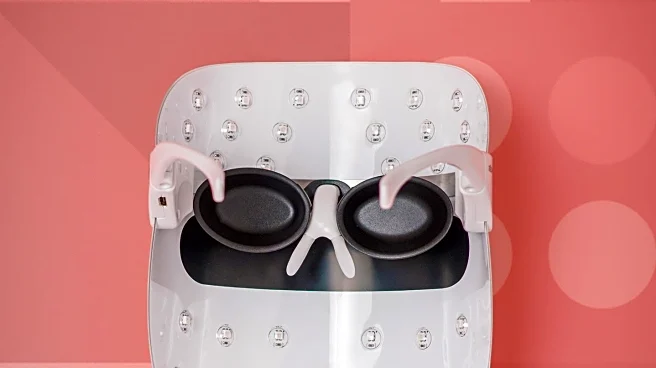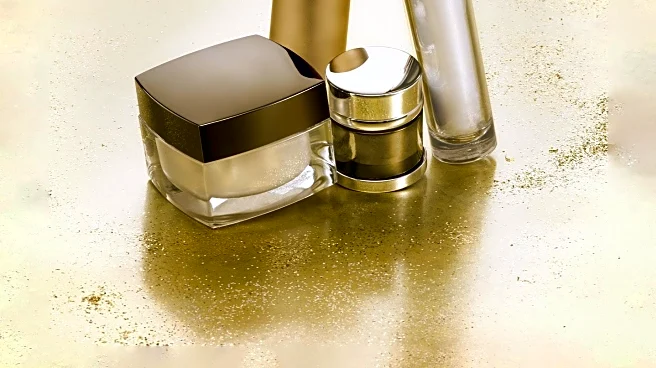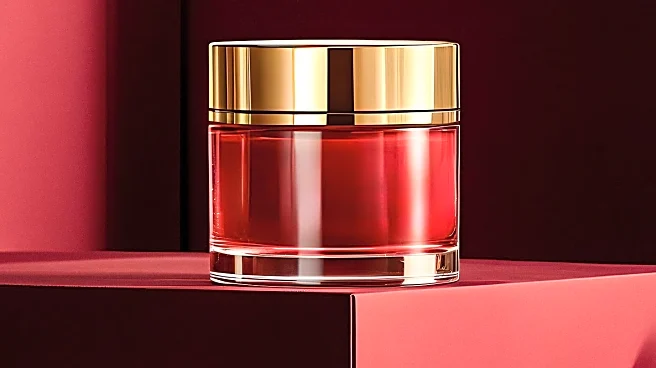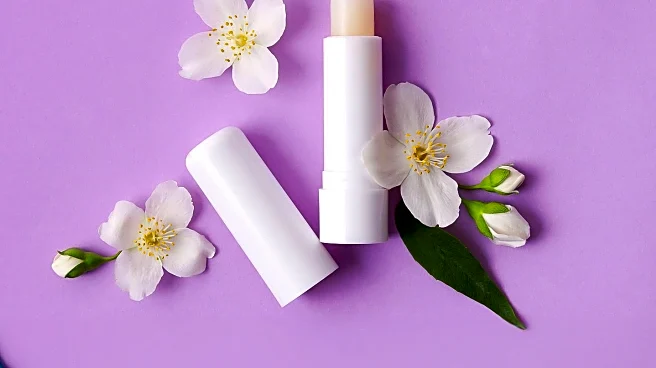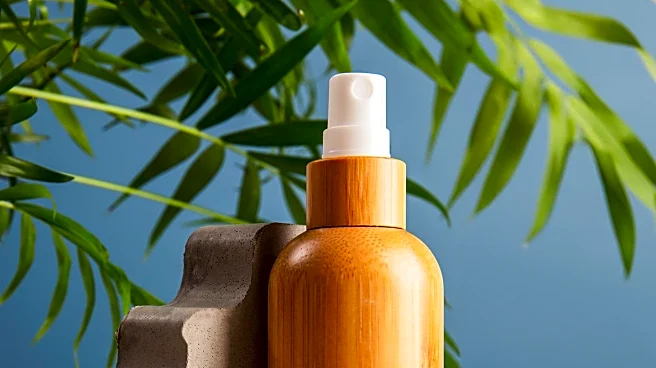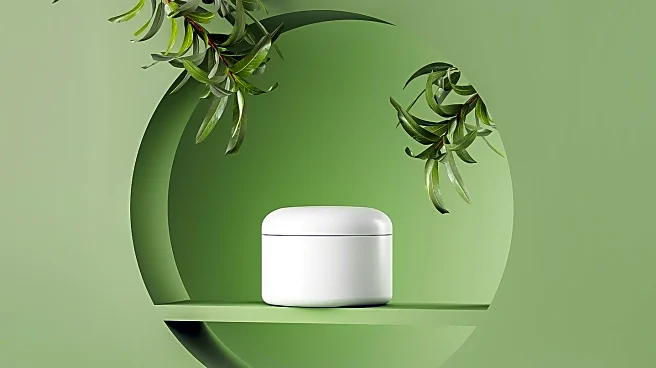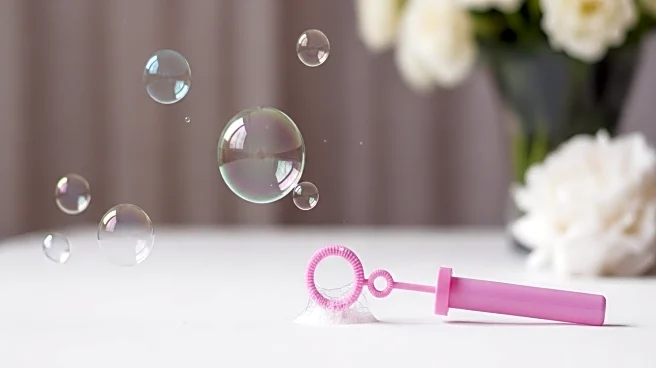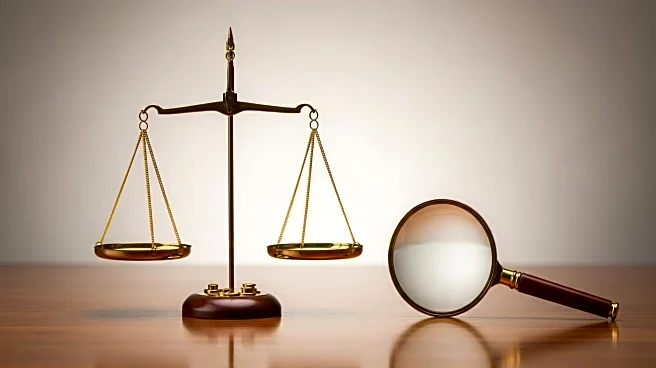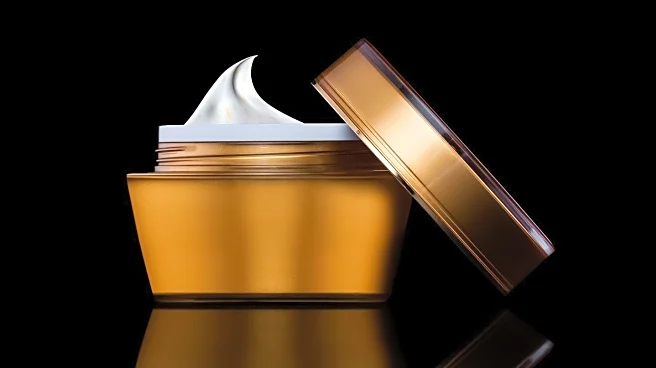What's Happening?
Red light therapy is gaining popularity as a potential anti-aging tool, with numerous claims circulating on social media about its health benefits. The therapy involves using directed red light, which is believed to improve skin appearance and reduce signs of aging. However, according to cosmetic chemist and science communicator Michelle Wong, the research supporting these claims is still limited. Wong, along with host Regina G. Barber, examines the existing studies to determine which benefits are scientifically backed and which require further investigation. The anti-aging product market was valued at approximately $53 billion in 2024, highlighting the significant interest in such treatments.
Why It's Important?
The growing interest in red light therapy reflects a broader trend in the skincare industry, where consumers are increasingly seeking non-invasive treatments for anti-aging. If proven effective, red light therapy could become a staple in skincare routines, potentially impacting the market dynamics and consumer preferences. However, the lack of comprehensive research means that consumers may be investing in products without fully understanding their efficacy. This situation underscores the need for more scientific studies to validate the claims and guide consumer choices, ensuring that the industry maintains transparency and credibility.
What's Next?
Further research is necessary to substantiate the claims surrounding red light therapy. As interest continues to rise, it is likely that more studies will be conducted to explore its potential benefits and limitations. Stakeholders in the skincare industry, including manufacturers and researchers, may focus on developing more evidence-based products and educating consumers about realistic expectations. Additionally, regulatory bodies might consider setting guidelines to ensure that marketing claims are supported by scientific evidence, protecting consumers from misleading information.
Beyond the Headlines
The popularity of red light therapy also raises ethical questions about the marketing of skincare products. As companies capitalize on emerging trends, there is a risk of exaggerating benefits to boost sales. This scenario highlights the importance of ethical marketing practices and the role of science communicators in providing accurate information. Moreover, the trend reflects a cultural shift towards prioritizing appearance and youthfulness, which could influence societal norms and values related to aging.

